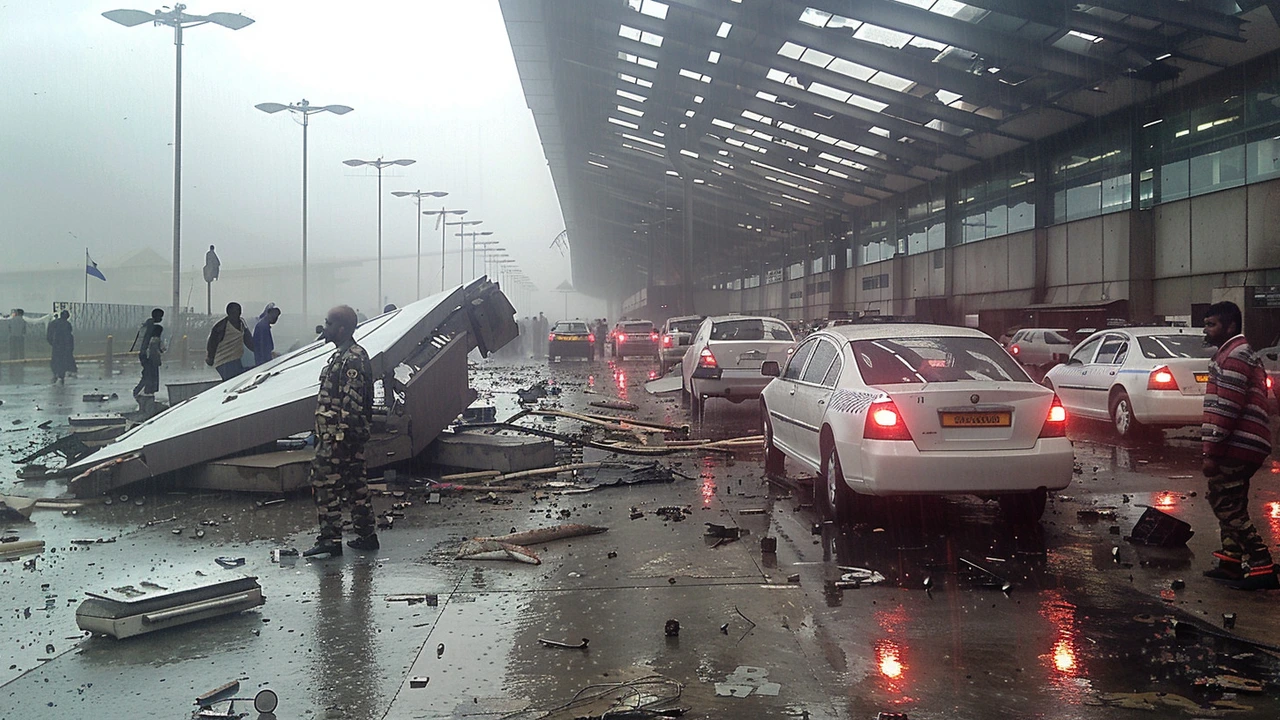Roof Collapse: Stay Safe and Act Fast
A roof collapse can happen suddenly or after warning signs you missed. If you spot sagging, big water stains, cracks in walls, or hear popping noises, don’t ignore them. This guide gives clear steps to keep people safe, protect evidence for insurance, and reduce future risk. Read it now — it could save lives and money.
Immediate steps after a roof collapse
If anyone is hurt, call your local emergency number first. Move people away from the damaged area and to a safe place outside the building. Don’t go back inside until professionals say it’s safe. Falling debris, weakened floors and broken utilities are hidden dangers.
Turn off gas, electricity and water if you can do so safely. If you smell gas or see sparks, leave immediately and tell first responders. Photograph the damage from a safe distance—photos and short videos help with insurance claims later.
Contact your insurer as soon as possible and mention if anyone was injured. Keep receipts for emergency expenses like temporary shelter, meals or boarding a contractor. Don’t sign repair contracts on the spot; get at least two written quotes from licensed roofers or builders.
What professionals to call and why
Start with your insurer’s emergency contact so they can advise on approved steps and temporary repairs. Then call a structural engineer to assess the building’s stability. A roofer can quote repairs, but only an engineer should clear structural safety issues. If utilities were involved, ask utility companies to inspect gas and electrical systems before you use them again.
For temporary protection, a roofer can install tarps to stop more water damage. Keep all reports and written quotes. If there’s a dispute about cause or responsibility, a structural engineer’s report is strong evidence.
Know who might help with urgent shelter: family, friends, local community centers or emergency housing programs. If your home is unsafe long-term, ask your insurer about temporary housing coverage.
Preventing a collapse starts long before damage appears. Regular roof checks—especially after heavy rain, snow, storms or if trees hang over your roof—catch issues early. Remove debris and clean gutters so water flows away. Replace damaged shingles, rot, or rust quickly.
Trim overhanging branches and fix leaks the moment you see them. When you renovate, use contractors who follow local building codes and pull permits. If you own an older home, get a full roof inspection every year and a structural check every few years.
Finally, keep clear records of maintenance, repairs and inspections. That history helps insurers, shows you acted responsibly, and can speed up claims. Stay safe, act fast, and get professionals involved early—those steps make the biggest difference after a roof collapse.

Delhi Airport Terminal 1 Roof Collapse: L&T Sets Record Straight Amid Tragedy
A tragic incident struck Terminal 1 of Delhi Airport as part of the roof collapsed due to heavy rains, causing fatalities and injuries. L&T clarified their non-involvement in constructing the collapsed structure. The incident temporarily halts operations at the busy terminal serving 1,400 flights daily.